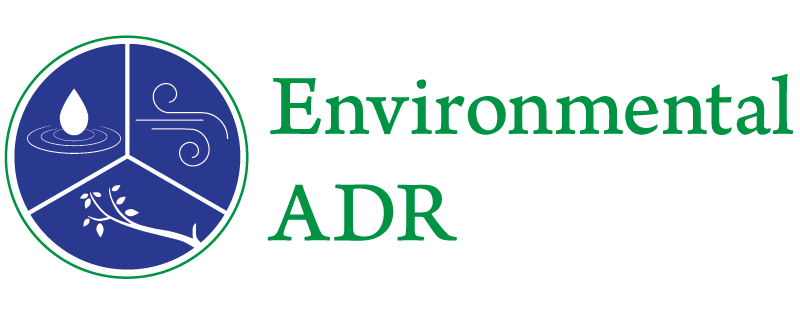 New York State and City take pride in being leaders and trendsetters when it comes to legislative and regulatory action to protect consumers in a number of areas, including banking and insurance and commercial transactions. But when it comes to environmental protection, there are ways in which New York seems to be seriously lagging compared to the extent of efforts in many other jurisdictions.
New York State and City take pride in being leaders and trendsetters when it comes to legislative and regulatory action to protect consumers in a number of areas, including banking and insurance and commercial transactions. But when it comes to environmental protection, there are ways in which New York seems to be seriously lagging compared to the extent of efforts in many other jurisdictions.
The latest account of a serious lapse in environmental protection in New York is the subject of a recent article published in Crain’s New York about long-known, but largely unaddressed, concerns about Perchloroethylene, or “Perc,” a solvent used in the dry cleaning of clothes for many decades. There is a lot of literature on this subject that was developed over many years of scientific study. The inquiry focused on concerns of potential health risks to those who work at dry cleaning establishments, inhale perc’s fumes and drink water that contains it high concentrations of perc from its release into drinking water aquifers and such.
According to the article and other sources, USEPA deems perc a “likely carcinogen” that can harm the liver, kidneys and blood, and the immune, reproductive and central nervous systems. In response to this and its independent scientific findings the State of California banned the use of perc in 2007. Ironically, the article reports that Jack Nicholson turned into the Joker when he fell into a vat of it in the first Batman movie. I, myself, have mediated hundreds of perc cases, both large and small, involving releases of this contaminant into the environment in other states throughout the country. [Read more…]

 We live in a world of ever-growing concern about environmental harm to our health and well-being. As the science of detection improves, so does our awareness of large-scale releases of contaminants into the air, water and soil, which can affect large numbers of people and their property.
We live in a world of ever-growing concern about environmental harm to our health and well-being. As the science of detection improves, so does our awareness of large-scale releases of contaminants into the air, water and soil, which can affect large numbers of people and their property. Recent decades have seen a dramatic rise in the use of Alternative Dispute Resolution (ADR) proceedings as a means to evaluate claims and compensate qualified parties in a mass claims settings. These cases can arise from settlements in class or mass actions filed in court or as government-originated programs designed to compensate victims of a military or environmental disaster.
Recent decades have seen a dramatic rise in the use of Alternative Dispute Resolution (ADR) proceedings as a means to evaluate claims and compensate qualified parties in a mass claims settings. These cases can arise from settlements in class or mass actions filed in court or as government-originated programs designed to compensate victims of a military or environmental disaster.
